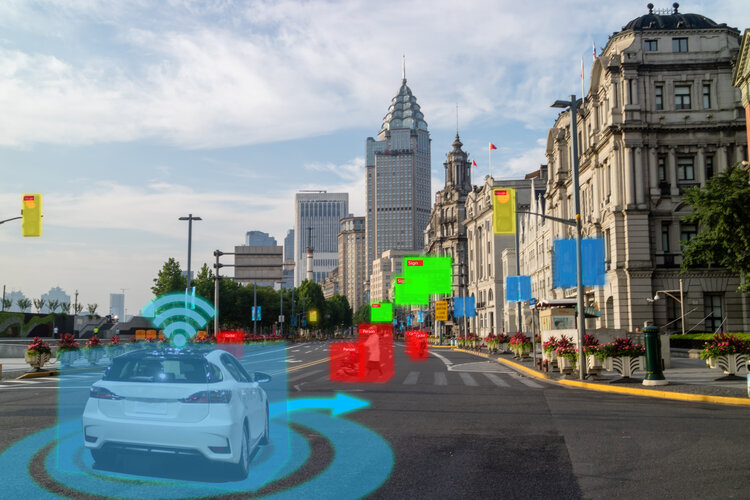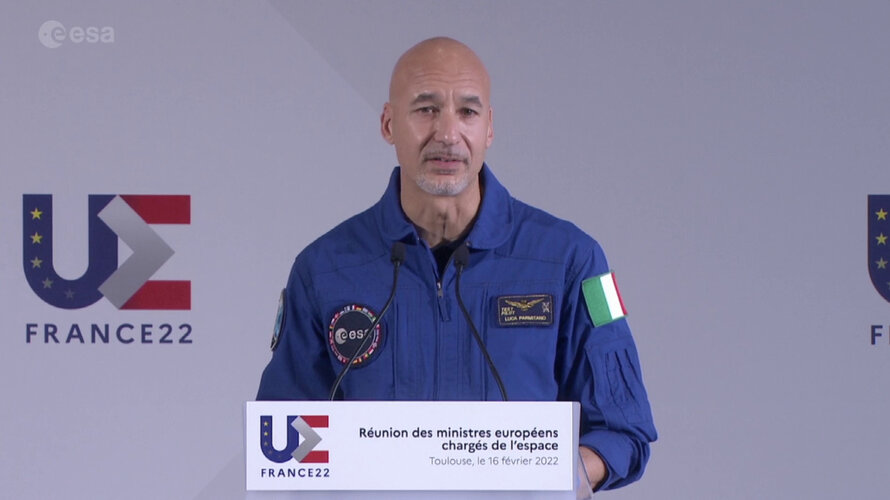
Copernical Team
Blue Origin to build more rockets amid expectations to tourist flights
 Jeff Bezos' Blue Origin space company says it will have to build more of its New Shepard rockets in order to meet the "very robust demand" for space tourism, the company's CEO said.
At the FAA Commercial Space Transportation Conference in Washington, DC, on Thursday, Blue Origin CEO Bob Smith said the company had "thousands of people in the auction process" for tickets, indicating "very ro
Jeff Bezos' Blue Origin space company says it will have to build more of its New Shepard rockets in order to meet the "very robust demand" for space tourism, the company's CEO said.
At the FAA Commercial Space Transportation Conference in Washington, DC, on Thursday, Blue Origin CEO Bob Smith said the company had "thousands of people in the auction process" for tickets, indicating "very ro Research project examines how humans live in space
 As long-distance space travel transforms from a science fiction fantasy to a near-future reality, humanity is faced with a complex challenge: Can people socially and culturally adapt to and survive spending years hurtling across the universe in a contained, artificial space?
Shawn Graham, a digital archaeologist and historian at Carleton University, is working with the International Space
As long-distance space travel transforms from a science fiction fantasy to a near-future reality, humanity is faced with a complex challenge: Can people socially and culturally adapt to and survive spending years hurtling across the universe in a contained, artificial space?
Shawn Graham, a digital archaeologist and historian at Carleton University, is working with the International Space Europe needs a crewed space vehicle, astronauts say
 Europe needs its own crewed spaceship to build its space industry and talent, astronauts who gathered in France said in an official manifesto Wednesday.
Dozens of astronauts endorsed the statement that "we need to be able to count on our own autonomous access to space for humans," according to the manifesto presented at the 2022 European Space Summit in Toulouse.
It calls on Euro
Europe needs its own crewed spaceship to build its space industry and talent, astronauts who gathered in France said in an official manifesto Wednesday.
Dozens of astronauts endorsed the statement that "we need to be able to count on our own autonomous access to space for humans," according to the manifesto presented at the 2022 European Space Summit in Toulouse.
It calls on Euro Wanted: your new ideas for navigation

It is hard to overstate the importance of knowing precisely where (and when) you are and where you are going within today’s economy and society. Do you have a promising idea to improve the current positioning state-of-the-art? Then ESA’s navigation-focused NAVISP research programme wants to hear from you, before the end of March.
Luca Parmitano presents the European Astronauts’ Manifesto
 Video:
00:08:47
Video:
00:08:47
ESA astronaut Luca Parmitano presents the European Astronauts’ Manifesto during the Space Summit in Toulouse, on 16 February 2022.
Josef Aschbacher’s speech at the ESA Council meeting
 Video:
00:12:41
Video:
00:12:41
ESA Director General Josef Aschbacher speaks at the start of the ESA Council Meeting at Ministerial Level, part of the Space Summit in Toulouse, on 16 February 2022.
Gaia reveals a new member of the Milky Way family
 Image:
Image:
Our galaxy, the Milky Way, began forming around 12 billion years ago. Since then, it has been growing in both mass and size through a sequence of mergers with other galaxies.
Perhaps most exciting is that this process has not quite finished, and by using data from ESA’s Gaia spacecraft, astronomers can see it taking place. This in turn allows to reconstruct the history of our galaxy, revealing the ‘family tree’ of smaller galaxies that has helped make the Milky Way what it is today.
The latest work on this subject comes from Khyati Malhan, a Humboldt Fellow at the
Eutelsat and Marlink extend partnership for GEO Ku-band satellite capacity
 Eutelsat Communications and Marlink, the Smart Network Company, have agreed to extend their Global Maritime Partnership, initially signed in 2019, to support expansion in Africa and the Middle East (Red Sea and the Gulf) and to integrate the Americas and Asia into the portfolio of Eutelsat satellite capacity used by Marlink.
Marlink is the leading maritime VSAT operator in the world, with
Eutelsat Communications and Marlink, the Smart Network Company, have agreed to extend their Global Maritime Partnership, initially signed in 2019, to support expansion in Africa and the Middle East (Red Sea and the Gulf) and to integrate the Americas and Asia into the portfolio of Eutelsat satellite capacity used by Marlink.
Marlink is the leading maritime VSAT operator in the world, with Homegrown spacecraft is putting Perth on Space Race map
 Perth researchers made history when they sent the first WA designed and built satellite into space last year.
The Binar-1 - named after the Noongar word for fireball - was developed by Curtin University's Space Science and Technology Centre.
The Binar Space Program team plan to deploy six more locally made satellites in the next 2 years.
So why is WA launching satellites and wh
Perth researchers made history when they sent the first WA designed and built satellite into space last year.
The Binar-1 - named after the Noongar word for fireball - was developed by Curtin University's Space Science and Technology Centre.
The Binar Space Program team plan to deploy six more locally made satellites in the next 2 years.
So why is WA launching satellites and wh Quantum tech in space?
 Operating quantum technology in challenging environments, such as space, has moved a significant step forward after physicists working at the University of Sussex have developed a monitoring and control system blueprint for quantum devices and experiments.
The system is presented in a peer reviewed paper published in Quantum Science and Technology. The paper details how the University's Qu
Operating quantum technology in challenging environments, such as space, has moved a significant step forward after physicists working at the University of Sussex have developed a monitoring and control system blueprint for quantum devices and experiments.
The system is presented in a peer reviewed paper published in Quantum Science and Technology. The paper details how the University's Qu 
